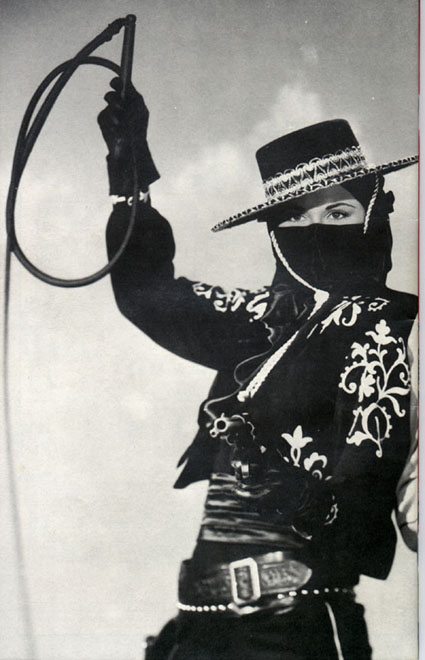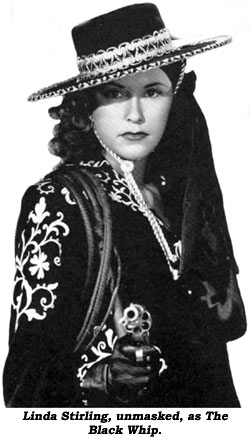
Seraphine: A Beautiful Work Of Art
by Jan Aaron
Awhile back at the Outsider Art Fair in New York City, I stopped admired a portrait of a golden pear. Gently curved it had sensuous qualities of a softly rounded mature woman's back and there was a glow about it. This vivid image came to mind as I watched Seraphine, a striking new French motion picture a movie about an ordinary overweight woman with an extraordinary artistic talents and unconventional beliefs. The movie, directed and co-written by Martin Provost, has won seven Cesars, including best film, best screenplay, best cinematography, and best actress for lead Belgium-born Yolanda Moreau.
What makes this movie unusual is its lack of romanticizing: it is a movie about a real woman, a between-the-wars painter Seraphine de Senlis who works at several grubby domestic jobs by day and paints at night. In her scant spare time, she communes with trees and a bathes in the local pond. She also furtively gathers soil, animal blood, and even the drippings from church candles to mix the paints she otherwise could not afford. When we first encounter Seraphine, she is lumbering along a cobblestone street, in a tent-sized black dress. We see her employers treat her like a piece of furniture, offering her table scraps.
When German art critic Wilhelm Unde (Ulrich Tukur) and his sister Anne Marie (Anne Bennent) move to town, he's amazed to see one of Seraphine's paintings at a dinner party thrown by the town's rich art-lover, Madame Duphot (Genevieve Mnich). He purchases all of her paintings and from this point on the movie focuses on the delicate relationship between the painter and her patron. Like the pear I admired in the outsider art fair, Seraphine's paintings haunt the viewer with their striking shapes and colors.
During World War I, Seraphine stays in the just about empty town, painting while shellings go on around her. She is reunited with Unde in the late 1920's and at that point she is becoming increasing mentally unbalanced, which leads to a sad and tragic conclusion.
Jan Aaron
Education Update

.jpg)



















I was deeply touched by this film. Very well done and clearly portrays how society tends to treat menial workers. Very sad indeed.
ReplyDeleteAnna.
"Sad and tragic conclusion."
ReplyDeleteMay you find yourself in that circle of hell reserved for critics and reviewers who taint all of a work of art by giving away the ending!
Considerably moved by this film.Serafina was a wily peasant woman, ironic about the world and yet with an innocence and a passion for the paintings she made. The end of the film had a kind of Hardy like stoicism about it as she returned to the countryside she loved and was so much a part of.
ReplyDeleteIt has a wonderful story to tell us, I couldn't read it yet... but I will. Seraphine is one of the most important figures in this modernity so, it'd be an important clue for my development.
ReplyDelete